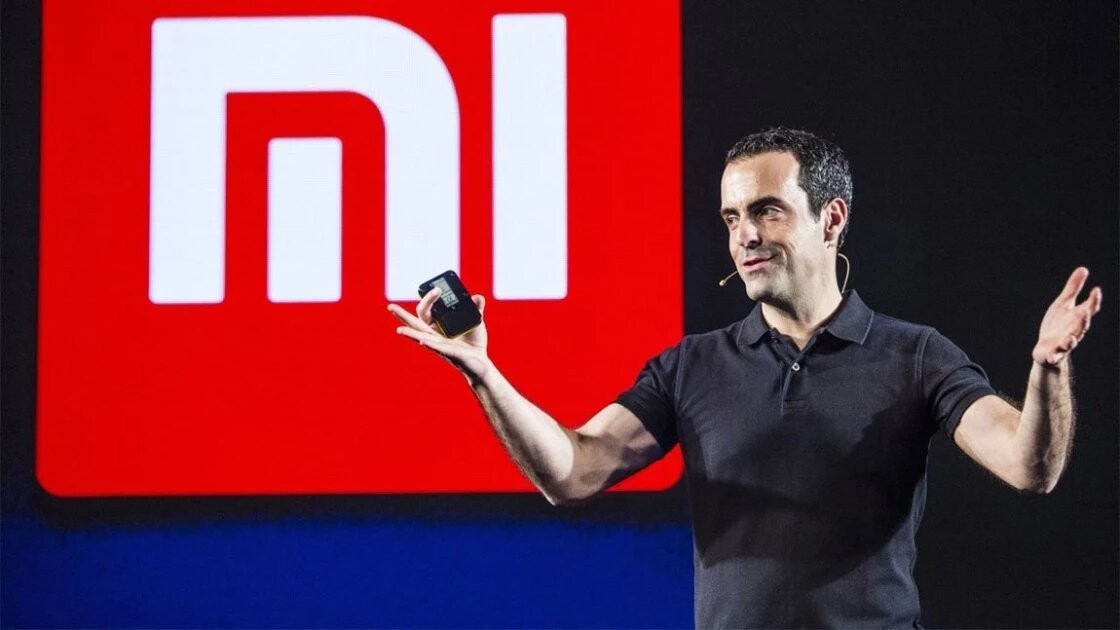How a 40-year-old founder and a tiny startup toppled giants with a $300 phone — and sparked a global tech empire
Xiaomi didn’t rise by accident. It began as an eight-person startup built around a daring promise: make high-quality technology affordable for millions. The early milestones stunned the industry: the MIUI Android-based interface released in 2010 before any major device, the Mi 1 launched in 2011 priced under $300 with a two-year software update pledge, and 300,000 pre-orders in 34 hours. The company would soon expand into laptops, wearables, home devices, and even electric cars, all while maintaining the core belief that tech should be accessible to everyone. The name Xiaomi means millet—a tiny grain that grew into a giant—and the logo’s emphasis on mobile internet hints at the future waiting beyond the hardware.

Founding the company: Lei Jun’s unlikely ascent from ordinary student to tech titan
Lei Jun was born in 1969 in Xiangtan, Hubei. In school, he was an unremarkable student. He studied at Wuhan University starting in 1987, a choice he later admits was more for friends than for passion. A turning point came in his first year when he read 'Fire in the Valley: The Story of the Creation of Personal Computers'—the book about Apple and Microsoft that convinced him technology could change the world. After university, he joined Kingsoft in 1992, rising from staff to head of the company within six years. In 2000, he launched Joyo.com, selling books, videos, and music, which Amazon later bought for $75 million. With this capital, he began investing in tech ventures, backing around 20 companies by 2011, including UCWeb and YY.com. By 2010, with substantial capital and experience, Lei co-founded Xiaomi on April 6, backed by Temasek, IDG Capital, and Qiming Venture Partners. The name 'Xiaomi' means 'millet' or 'small grain', and MI stands for 'Mobile Internet'. The eight co-founders included Lin Bin, and Lei chose not to wait for perfect timing—he wanted to build something truly innovative and meaningful, even at age 40.

MIUI first, hardware second: the strategy that launched a hardware empire
Xiaomi's first major step was software. In 2010 the team built MIUI on top of Android because official Google Android wasn't available in China and existing Android versions lacked optimization. MIUI released on Aug 16, 2010 and quickly attracted millions of users. The aim was to craft a software experience that could rival Apple's design and usability while enabling cheaper hardware. Buoyed by MIUI's success, Lei Jun decided to enter hardware with a smartphone line that could compete with top brands at a fraction of the price. The first phone, Mi 1, arrived in August 2011, powered by top-tier components and priced under $300. Xiaomi paired a high-pressure

